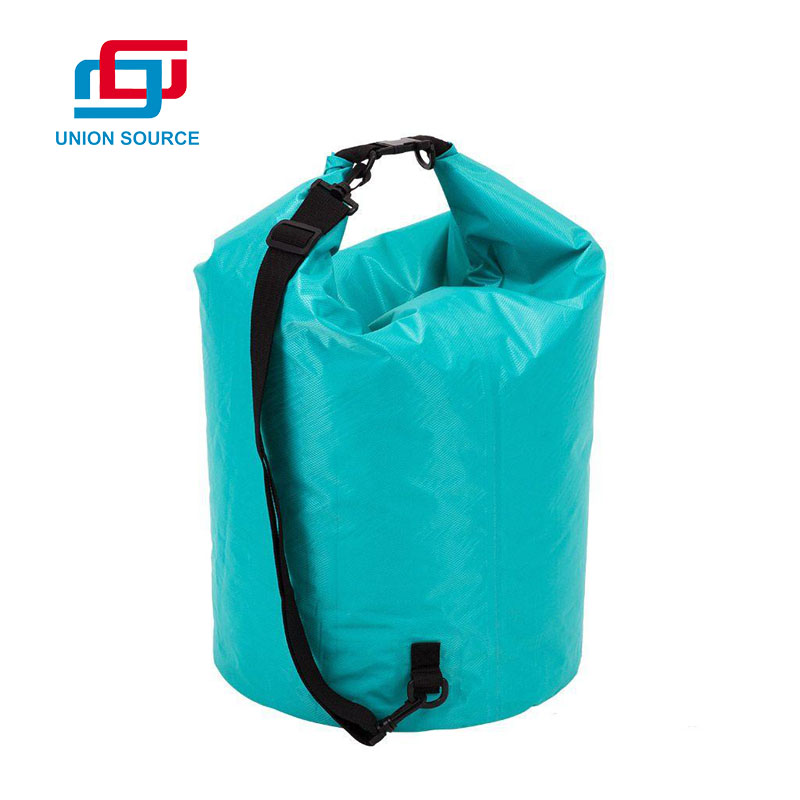Features and considerations to keep in mind when choosing a dry bag
2023-11-23
A dry bag is a waterproof bag designed to keep your belongings dry and protected from water, dust, and dirt. These bags are commonly used in outdoor activities such as kayaking, boating, camping, hiking, and other water-based or wet environments. Here are some features and considerations to keep in mind when choosing a dry bag:
1. Material:
- Dry bags are typically made from durable and waterproof materials such as PVC (Polyvinyl chloride), TPU (Thermoplastic Polyurethane), or nylon with waterproof coatings. Consider the thickness and quality of the material for durability.
2. Closure Mechanism:
- Most dry bags feature a roll-top closure system. This involves rolling the top of the bag down several times and securing it with buckles or clips to create a watertight seal. Some bags may also have a zipper closure.
3. Waterproof Rating:
- Dry bags often come with a waterproof rating, usually measured in IPX (Ingress Protection) or denoted by an IP code (e.g., IPX6). A higher number indicates better protection against water. Consider the waterproof rating based on the activities you plan to undertake.
4. Sizes and Capacities:
- Dry bags come in various sizes and capacities, ranging from small pouches for essentials to larger bags for clothing, electronics, or camping gear. Choose a size that fits your specific needs.
5. Visibility:
- Some dry bags are available in vibrant colors or have transparent sections, making it easier to locate your belongings inside. This can be particularly useful when you have multiple dry bags or items stored together.
6. Attachment Points:
- Look for dry bags with additional attachment points, such as D-rings or loops. These allow you to secure the bag to other gear or attach it to your kayak, backpack, or other equipment.
7. Carrying Options:
- Dry bags typically come with options for carrying, such as a single shoulder strap or backpack-style straps for more extended journeys. Consider how you plan to carry the bag and choose accordingly.
8. Floatability:
- Some dry bags are designed to float on water, adding an extra layer of protection for your belongings in case they end up in the water.
9. Durability:
- Consider the overall durability of the dry bag, including the quality of seams, closures, and any reinforcement in high-stress areas. A well-constructed dry bag is more likely to withstand rugged outdoor conditions.
10. Purpose:
- Different activities may require different types of dry bags. For example, a smaller dry bag may be suitable for keeping your phone and wallet dry during a kayaking trip, while a larger bag may be needed for camping gear.
11. Ease of Cleaning:
- Choose a dry bag that is easy to clean, especially if it is exposed to sand, mud, or other debris during outdoor activities.
12. Brand Reputation:
- Consider purchasing from reputable brands known for producing high-quality waterproof gear. Reviews and recommendations from other users can also provide insights into the performance of a specific dry bag.
13. Budget:
- Dry bags are available at various price points. Consider your budget and choose a dry bag that offers the features and quality you need within that range.
Whether you're heading out on a water adventure, camping trip, or any outdoor activity where keeping your belongings dry is essential, a reliable dry bag is a valuable accessory. Choose one that suits your needs and the conditions you expect to encounter to ensure your gear stays protected.



